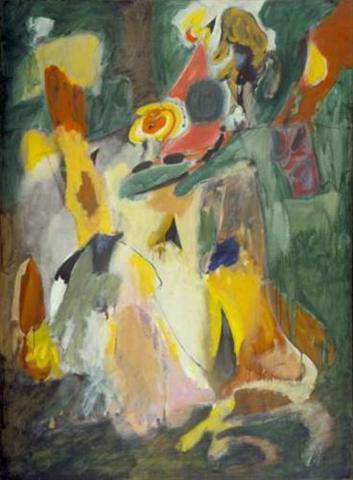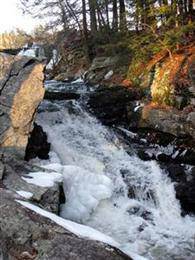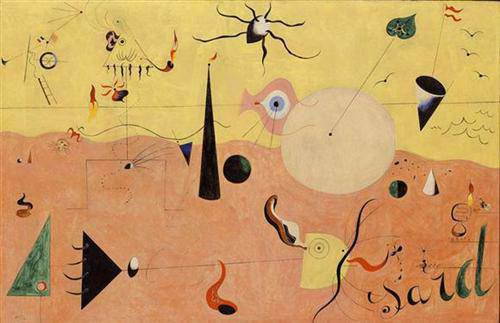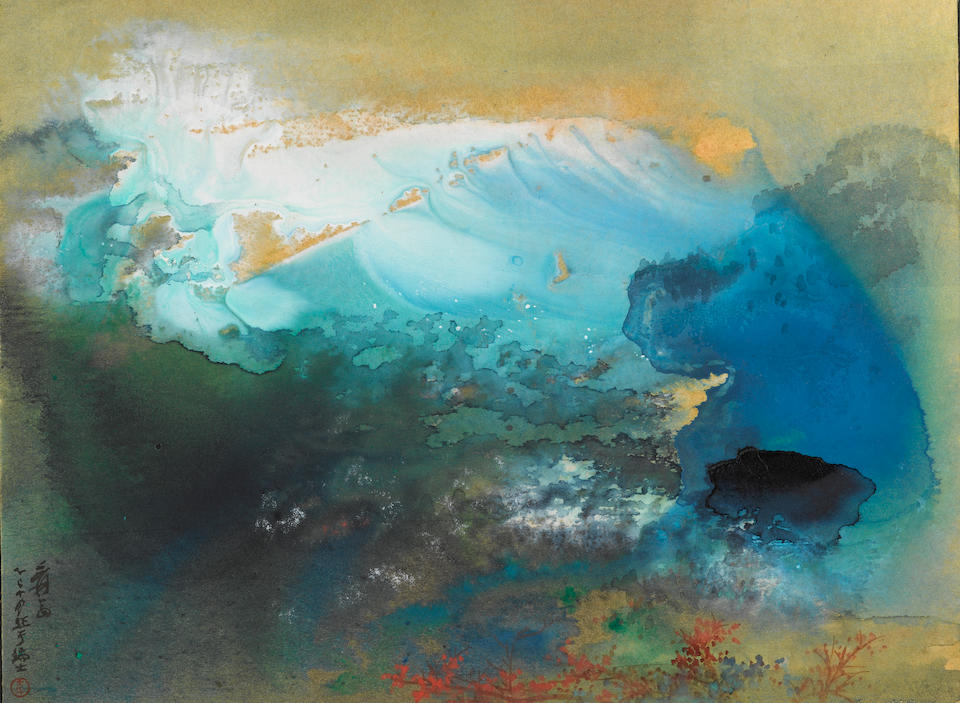Arshile Gorky · Waterfall

Arshile Gorky (Armenia / USA, 1904-1948), 1943. Oil on canvas, 153.7 x 113 cm. (60 ½ x 44 ½ inches). Tate Modern, London. © Artists Rights Society (ARS), New York
Arshile Gorky was an artist whose importance in the development of contemporary art is still underrated. After a traumatic childhood, he emigrated first to Russia and then to America, where he created a style of painting that is often considered the greatest influence on Abstract Expressionism.
In the early 1940’s, Gorky reached his artistic maturity. His abstract style of organic shapes and surrealist influences was applauded at the 1942 “International Surrealist Exhibition”. Between 1942 and 1946 he created several of his masterpieces, including “The Liver is the Cock’s Comb” (1943) or “Hugging. Good Hope Road II “(1945). However, these years were tragic on a personal level: he broke his neck, his studio burned down and his wife left him. In 1948, the “Ingres of the unconscious” hanged himself. He was 44 years old.
In the summer of 1942, Gorky spent nearly a month in Connecticut, making sketches from the landscape of the area. “Waterfall” is the result of these sketches, an abstract landscape where Gorky develops his own language and style, free from the influences of Cézanne or Picasso.
G. Fernández – theartwolf.com

Southford Falls State Park in Connecticut, located a few miles south of the town of Sherman, where Gorky died. Photo by Ronald Barnes
Follow us on:


